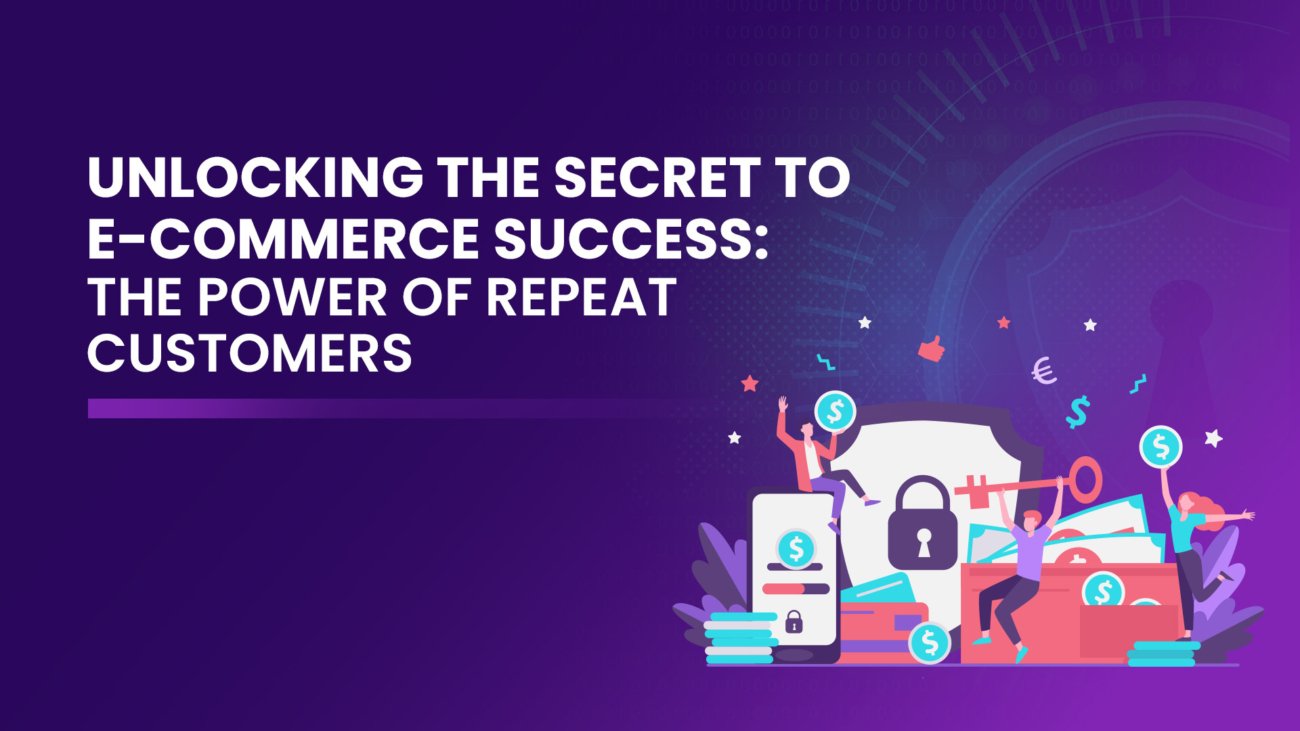Unlocking the Secret to E-commerce Success: The Power of Repeat Customers
In the sphere of retail e-commerce, the quest for new customers often takes centre stage in a business’s growth strategy. However, the real treasure trove lies with repeat buyers, whose loyalty not only enhances revenue but also significantly reduces operational costs. This article delves into the pivotal role of repeat customers in elevating your online shop to new heights, emphasising the strategic imperative to “make my shop online” a beacon for enduring customer relationships.
The Goldmine of Repeat Customers
At first glance, the allure of acquiring new customers is undeniable. Yet, the untold story of e-commerce success is written by those who revisit. Repeat customers represent a higher lifetime value, meaning that over time, they contribute more to your revenue than one-time purchasers. For instance, consider an online shop where the average order is £75. A customer making a single purchase contributes just that, but a customer who returns thrice triples their value to £225.
The mathematics of customer retention illuminates its impact vividly. If an online shop welcomes 100 new customers each quarter, with each transaction valued at £75, and manages to encourage just 10% to make a second purchase, the increase in revenue is both immediate and noticeable. This scenario not only boosts the shop’s revenue but also elevates the average revenue per customer, a key metric in assessing the health and potential of your e-commerce venture.
Enhancing Advertising Efficiency
In a landscape where every dollar spent on advertising must work harder, the return on advertising spend (ROAS) becomes a critical measure of success. The ability to invest wisely in customer acquisition, balanced against the lifetime value (CLV) of each customer, dictates a shop’s competitive edge. Shops that excel in converting and retaining customers can afford to spend more on acquisition, secure in the knowledge that the CLV of their customer base justifies the expenditure. This strategic advantage allows them to outmanoeuvre competitors in the ever-competitive bid for online visibility.
Reducing Customer Acquisition Costs
The cost of attracting new customers (CAC) can be a daunting hurdle for e-commerce businesses, especially those in their infancy. Traditional advertising platforms demand significant investment, with returns often diluted by fierce competition. However, a focus on cultivating repeat customers can transform this landscape. Engaged, loyal customers are more likely to champion your brand through word-of-mouth, social proof, and other low-cost channels, effectively reducing the overall CAC and enhancing the efficiency of your marketing spend.
Streamlining Customer Service
The benefits of a loyal customer base extend beyond sales and marketing metrics. Repeat customers, familiar with your product range and service standards, place fewer demands on your customer service teams. This familiarity reduces the likelihood of returns and exchanges, lowers the volume of queries, and simplifies the entire post-purchase experience. The savings in time and resources here can be reallocated to other growth-focused activities, making a compelling case for strategies aimed at customer retention.
Maximising Revenue Through Retention
The compounding effect of customer retention on revenue is perhaps the most compelling argument for prioritising repeat business. Through a hypothetical comparison of three e-commerce shops, each with varying rates of customer retention, the long-term impact becomes clear. A shop that retains 20% of its customers each month can, over the course of a year, almost triple its sales compared to a shop with a 10% retention rate. This exponential growth underscores the importance of creating an online shopping experience that encourages customers to return time and again.
The Path Forward: Making Your Shop Online a Hub for Loyalty
The journey to making your shop online a magnet for repeat buyers begins with understanding the critical role they play in your business’s success. By focusing on strategies that enhance customer satisfaction, such as exceptional product quality, outstanding service, and inspired marketing, you can transform casual shoppers into loyal advocates. Remember, in the vast ocean of e-commerce, the businesses that thrive are those that build lasting relationships with their customers, turning every purchase into the beginning of a profitable, enduring journey.
The secret to unlocking the full potential of your e-commerce business lies not just in attracting new customers, but in nurturing and expanding your base of repeat buyers. These loyal customers are the cornerstone of sustainable growth, driving higher revenue, reducing operational costs, and ensuring your online shop remains competitive in a crowded marketplace. By embracing the mantra to “make my shop online” synonymous with customer loyalty, you pave the way for a future rich in success and satisfaction.

